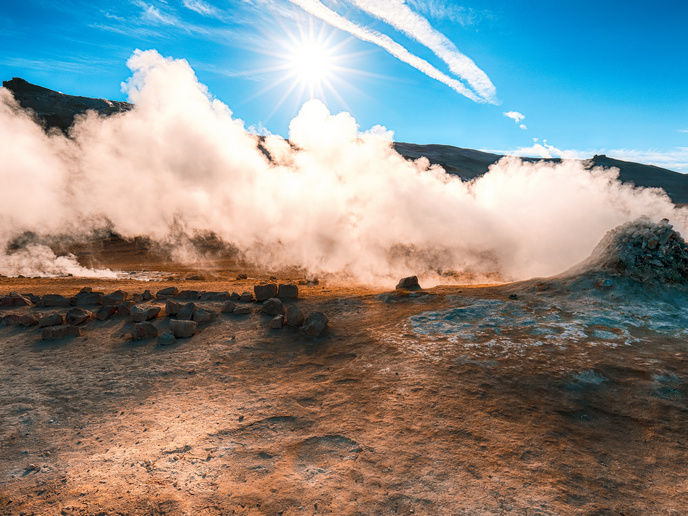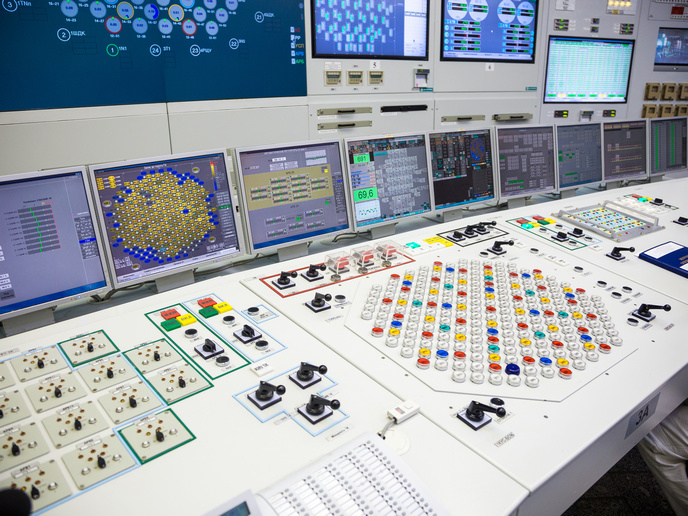Combining carbon capture with geothermal energy
The world will need a multitude of energy solutions to reach carbon neutrality and mitigate the impacts of climate change. At the same time, researchers around the world are developing innovative carbon capture technologies to draw carbon away from the atmosphere and safely store it in the ground. One innovative new proposal incorporates these twin aims, combining carbon capture and storage (CCS) and the exploitation of supercritical geothermal systems (SCGS) in volcanic areas — very high temperature geothermal systems with higher potential energy. This technique could make CCS more cost-effective. Yet while promising, it requires the injection of fluid deep into the ground, which comes with seismic risk. In the ARMISTICE(opens in new window) project, which was undertaken with the support of the Marie Skłodowska-Curie Actions(opens in new window) programme, researchers analysed the risk of seismicity from the new technique, using complex models to predict potential earthquakes from fluid injection. The project findings pave the way for the safe exploitation of this new energy source, CCS-SCGS systems, which to this day remains largely unexplored. “This is an innovative idea and I’d say we are the first to investigate it,” says Victor Vilarrasa, tenured scientist at the Spanish National Research Council(opens in new window) (CSIC) and ARMISTICE project coordinator.
Unravelling the potential for safe application
The ARMISTICE project explored the potential for a safe combination of CCS and SCGS technologies. As there is still no available site for testing the new technology, the methods were based on model simulations, using a new code developed in the project. For example, injected fluid is much colder than the rock and will cool it over time. This cooling causes contraction of the rock and this causes stress changes, which may destabilise faults and cause earthquakes, something the team explored through the modelling. “We have estimated that cooling-induced seismicity may become relevant after several years of operation, in the order of 10 years,” says Vilarrasa. “Further studies are needed to see how we can mitigate it.” The team didn’t find ways of preventing induced seismicity, though this will be the focus of future research. “The most important result is that combining CCS-SCGS is feasible and could become economically attractive as the price of CO2 increases,” notes Vilarrasa.
Future explorations
The team will continue to study CCS-SCGS systems. “This is a super interesting topic and we believe it has a great potential,” remarks Vilarrasa. The electricity that can be produced with supercritical water is estimated to represent a tenfold increase with respect to conventional hydro-geothermal wells, explains Vilarrasa: “This implies that the estimate that geothermal energy will supply 5 % of the total worldwide electricity by 2050 could be increased significantly to some 30 %, guaranteeing a reliable electricity supply,” he adds.







